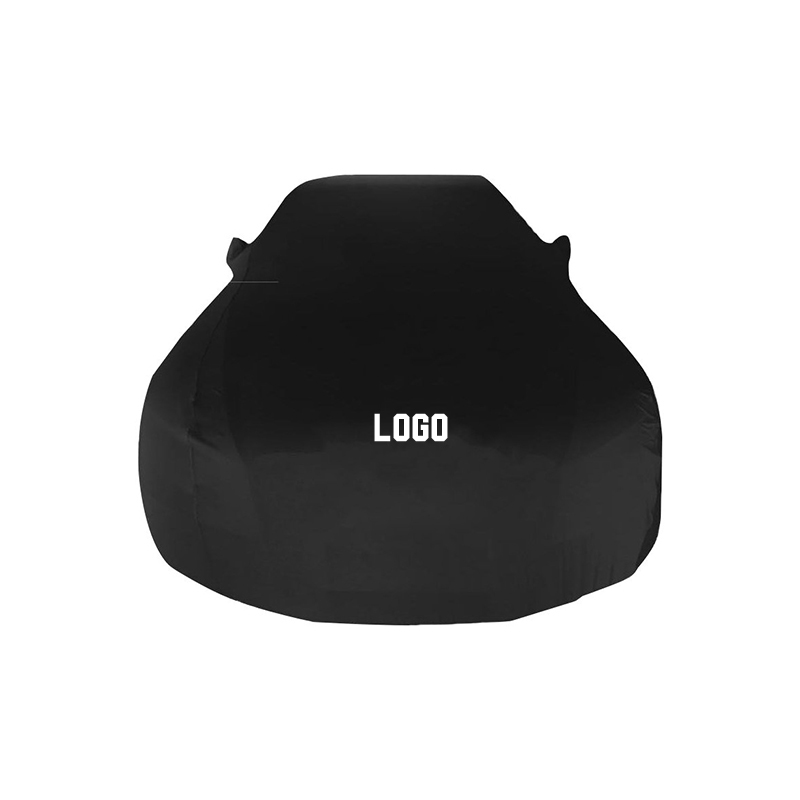This article focuses on practical, actionable guidance for selecting, fitting, installing, and maintaining motor boat covers. It is written for owners of outboard and inboard motor boats who need to protect their craft during storage, transport, and long-term mooring. Expect step-by-step measurement instructions, fabric comparisons, hardware recommendations, maintenance and repair tips, and a buying checklist you can use at a shop or online.
How to Choose the Right Motor Boat Cover Material
Cover fabric matters more than many owners realize. Choose based on climate, storage type, and how frequently you access the boat. Common materials are polyester blends with UV treatments, solution-dyed acrylic, and heavy-duty canvas with waterproof coatings. Polyester blends are light, cost-effective, and common for trailering covers. Solution-dyed acrylic gives excellent UV and mildew resistance for long-term outdoor mooring. Coated canvas offers abrasion resistance and a traditional look but is heavier and requires more careful drying.
What to prioritize by use-case
- Trailering: lightweight, snug-fitting polyester with reinforced seams and straps.
- Outdoor long-term mooring: breathable, UV-resistant fabric (solution-dyed acrylic) to avoid trapped moisture.
- Indoor storage: breathable, lighter-weight covers to reduce condensation risk.
Measuring Your Boat for a Proper Fit
Measuring correctly prevents flapping, water pooling, and stress on seams. Use a soft tape measure and record three core dimensions: overall length from bow tip to transom (include any boarding ladders if they extend), the maximum beam (widest point including rub rail and accessories), and hull height (keel to highest fixed point like a windshield or arch). Add these allowances:
- Length: +6–12 inches for snug custom covers; +12–24 inches for universal covers (depending on boat shape).
- Beam: +2–4 inches per side to prevent stress on seams and to accommodate fender channels.
- Height: +2–6 inches to avoid contact with rails or instruments and reduce water pooling.
Types of Motor Boat Covers and When to Use Them
Understand the functional differences: storage covers, mooring covers, trailer covers, cockpit covers, and custom-fit tops (like T-top covers). Choosing the right type prevents common problems such as wind damage, mildew, and fabric abrasion.
Quick type breakdown
- Storage covers — full-boat, heavier fabric, good for long-term winterization.
- Mooring covers — designed to let air flow and shed water while remaining secure at a dock.
- Trailer covers — reinforced points for winch and trailer contact; expect abrasion zones.
- Cockpit and T-top covers — partial protection to keep electronics and upholstery dry while underway.
Recommended Hardware: Straps, Buckles, and Venting
Quality hardware extends cover life. Use stainless steel or marine-grade buckles where possible. For long-term covers, install low-profile cam straps with quick-release buckles to reduce chafe. Add at least two ventilator vents on opposite sides to promote airflow and reduce condensation buildup.
Attachment best practices
- Run straps under the hull only where the trailer frame or supports will contact; avoid cinching over fenders.
- Use edge protectors or soft tubing under straps at rub points to prevent fabric abrasion.
- For moored boats, secure bow and stern lines separately from the cover straps to isolate loads.
Installing a Motor Boat Cover: Step-by-Step
A proper installation minimizes wind noise and water pooling. Follow these steps for most full-boat covers:
- Clean boat surface and let it dry completely to avoid trapping moisture under the fabric.
- Drape the cover starting at the bow, center it, then work aft smoothing fabric to eliminate folds.
- Fasten front straps loosely, then go to the stern and tension straps evenly until the cover sits taut but not overstressed.
- Install ventilation plugs and check that no instrument or antenna pokes through the fabric.
Maintenance: Cleaning, Drying, and Long-Term Care
Regular maintenance preserves fabric performance. Rinse salt and dirt after each season, wash with mild soap and lukewarm water, and avoid harsh detergents and bleach. Always dry the cover fully before packing to prevent mildew. Re-treat UV coatings and waterproofing every 1–2 years depending on exposure.
Seasonal checklist
- Spring: inspect seams, zippers, vents; re-proof seams if needed.
- Summer: rinse after saltwater use; inspect for abrasion from chafe points.
- Winter: ensure proper drainage and tension; add extra support if heavy snow is expected.
Repairing Small Holes, Seams and Zippers
Most small repairs can be performed by owners. For pinholes and small rips, use marine-grade fabric patches and a compatible adhesive following manufacturer instructions. Reinforce weakened seams with seam sealer and, for high-stress areas, add an external patch on both sides. Replace corroded zippers with marine-rated replacements; zippers are often the failure point on older covers and a zipper swap can extend life significantly.
Comparison Table: Common Cover Materials
| Material | Durability | Breathability | Best Use |
|---|---|---|---|
| Polyester blend (coated) | Medium — affordable | Low to medium | Trailering & short-term storage |
| Solution-dyed acrylic | High — UV stable | High | Long-term outdoor mooring |
| Coated canvas | High — abrasion resistant | Low (requires drying) | Indoor storage, heavy duty protection |
Buying Checklist: What to Inspect Before Purchase
- Confirm the cover type (trailering vs mooring) and measure your boat using the measuring rules above.
- Inspect seams (double-stitched or taped), check thread type (polyester or bonded), and look for reinforced stress points.
- Verify hardware quality: stainless loops, strong webbing, and UV-resistant buckles.
- Ask about warranty coverage for UV degradation and seam failure, and confirm return/exchange policy for fit issues.
Frequently Asked Questions
Can I leave a cover on while trailering at highway speeds?
Yes, but only if the cover is rated for trailering and properly secured. Use reinforced strap points and ensure the cover is designed to clear the trailer's winch and supports. Inspect after the first short trip to ensure nothing is rubbing or shifting.
How do I prevent water from pooling on a full-boat cover?
Create gentle drip lines by tensioning the cover so that water sheds toward the stern. Use support poles under the cover (splash poles) at strategic locations to let water run off. Do not over-tension; a little sag in low-use covers can allow drainage but increases wind flap.
With proper selection, measurement, installation, and maintenance, a good motor boat cover will extend the life of your boat's finish, electronics, and upholstery. Use the buying checklist and measurement guidance above when selecting a cover, and perform seasonal inspections to catch small problems before they become expensive repairs.

 English
English Español
Español عربى
عربى русский
русский +86-13071889821/13757104168
+86-13071889821/13757104168












